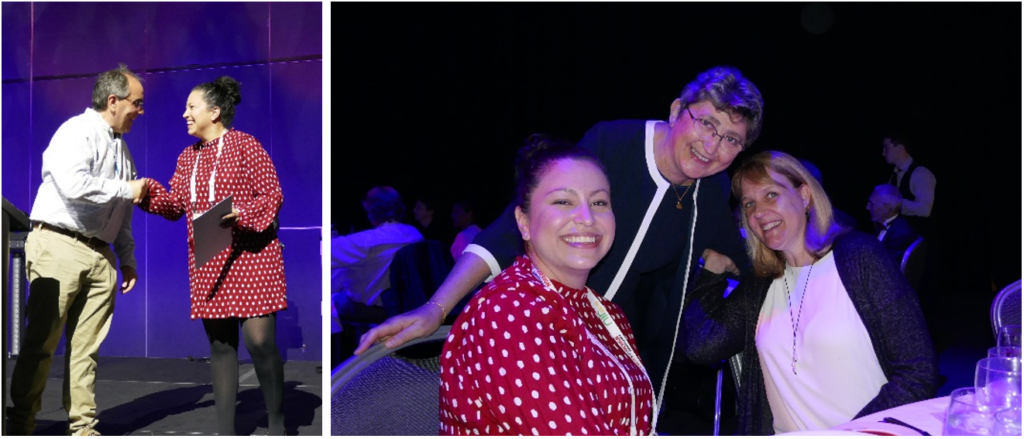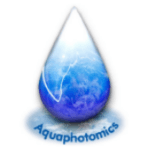The 19th International Conference on Near Infrared Spectroscopy (ICNIRS) took place in Gold Cost, Australia from 15th to 20th September, 2019.
The Aquaphotomics session was held on 18th of September, and was chaired by Dr Jill Fernandes from Queensland Alliance for Agriculture and Food Innovation, The University of Queensland. The session included five speakers who presented their findings on various aquaphotomics-related aspects:
1) Jelena Muncan, Kobe University, Japan: Plant aquaphotomics: New frontiers
2) Roumiana Tsenkova: Aquaphotomics: From basics to applications and new technologies
3) Harpreet Kaur, University of Waikato, New Zealand: Temperature independent quality prediction of kiwifruit juice using aquaphotomics and external parameter orthogonalization
4) Xuenguang Shao, Nankai University, China: Understanding the complexity of water structures from near-infrared spectra by chemometrics and simulations
5) Akifumi Ikehata: Opening the black box of NIR prediction for sugar content of fruits with the aid of NMR-based metabolomics
The first aquaphotomics session held at ICNIRS conference was well-attended and sparked a lot of interesting questions.

This year’s Conference, apart from hosting an entire session devoted to aquaphotomics, also has seen a lot of poster presentations from all around the world:
- Cristina Malegori, University of Genova, Italy: Aquaphotomics approach for understanding the role of water activity during storage: The rice germ case study
- Tiziana M.P. Cattaneo, CREA, Italy: Aquaphotomics approach to monitor fruit ripening
- Tiziana M.P. Cattaneo, CREA, Italy: Aquaphotomics approach applied to study the effect of the use of Borax and NaCl on caviar (Acipenser Transmotanus) storage
- Jelena Muncan, Kobe University, Japan: Deep understanding of the interaction between water and Nafion® polymer by means of NIR spectroscopy and aquaphotomics
- Carrie K. Vance, Mississippi State University, USA: NIR-Aquaphotomics analysis of Zearalenone Estrogenicity in cycling mares
- Carrie K. Vance, Mississippi State University, USA: Reproductive hormone profiles of estrogen and progesterone in cycling mares can be detected using NIR-aquaphotomics
- Felix Scholkmann, University of Zurich, Spectrally-determined sample temperature: An important parameter for applications of near-infrared spectroscopy based aquaphotomics
- Xueguang Shao, Nankai University, China: Extracting structural information from temperature-dependent near infrared spectra
- Yan Sun, Nankai University, China: Understanding the hydrogen bonding of alcohols by temperature-dependent near infrared spectroscopy
- Mian Wang, Nankai University, China, Understanding the interactions in protein aqueous solutions by temperature-dependent near infrared spectroscopy
- Hengchang Zang, Shandong University, China, Near infrared spectroscopic study of molecular interaction in ethanol-water mixtures
- Mariana Santos-Rivera, Mississippi State University, USA: Gender discrimination using Near Infrared Reflectance (NIR) Spectroscopy
The Conference’s best poster award was in fact presented to Mariana Santos-Rivera from the Mississippi State University for the work on gender discrimination using NIRS in-vivo to detect the chemical changes produced by the chemosignaling glands/regions in salamanders with mucus layers and aqueous skin. Congratulations to Mariana!!!

Compared to the past participations, the Australian ICNIRS conference showed that in the meantime aquaphotomics has made large progress. The content of the oral and poster presentations beautifully illustrated the diversity and all the potential of aquaphotomics applications.
We are looking forward to see more developments in future (see you in China in 2021!)
